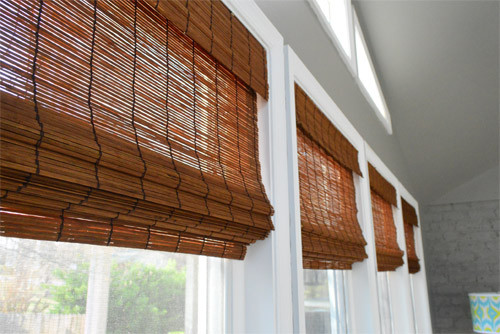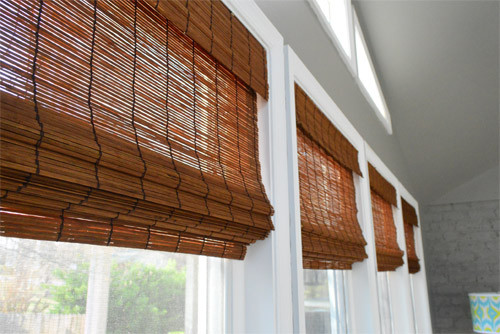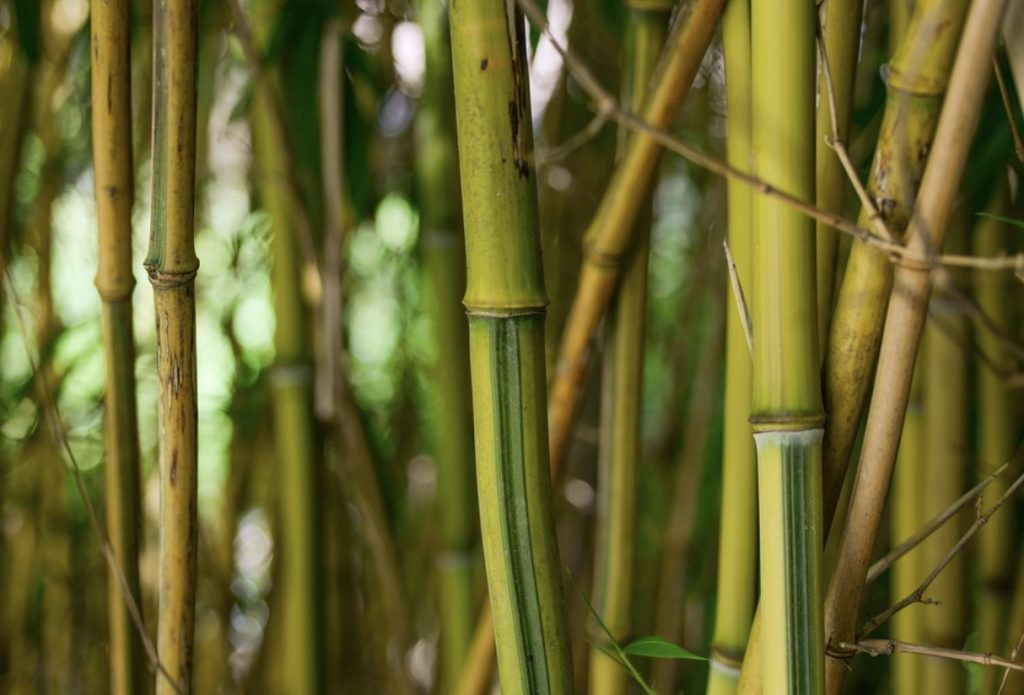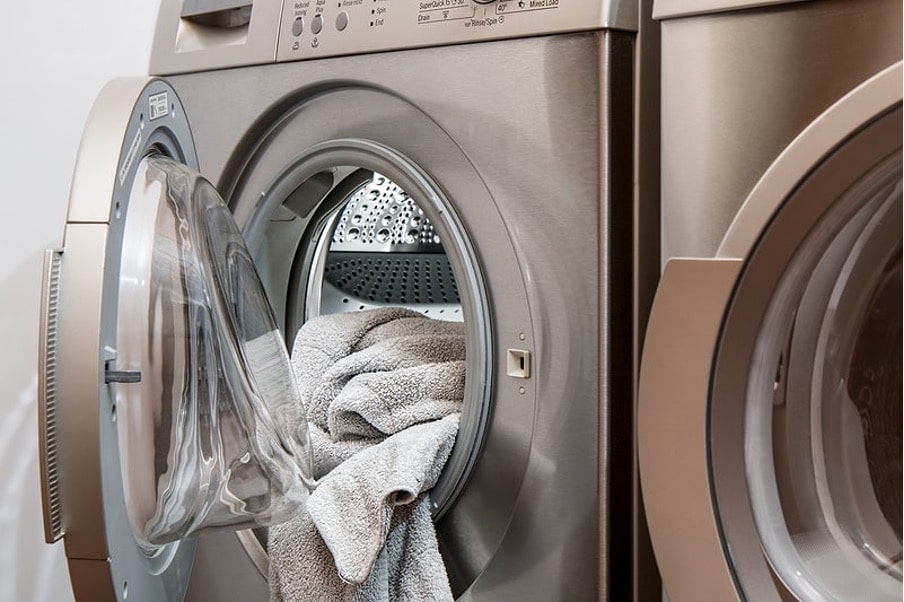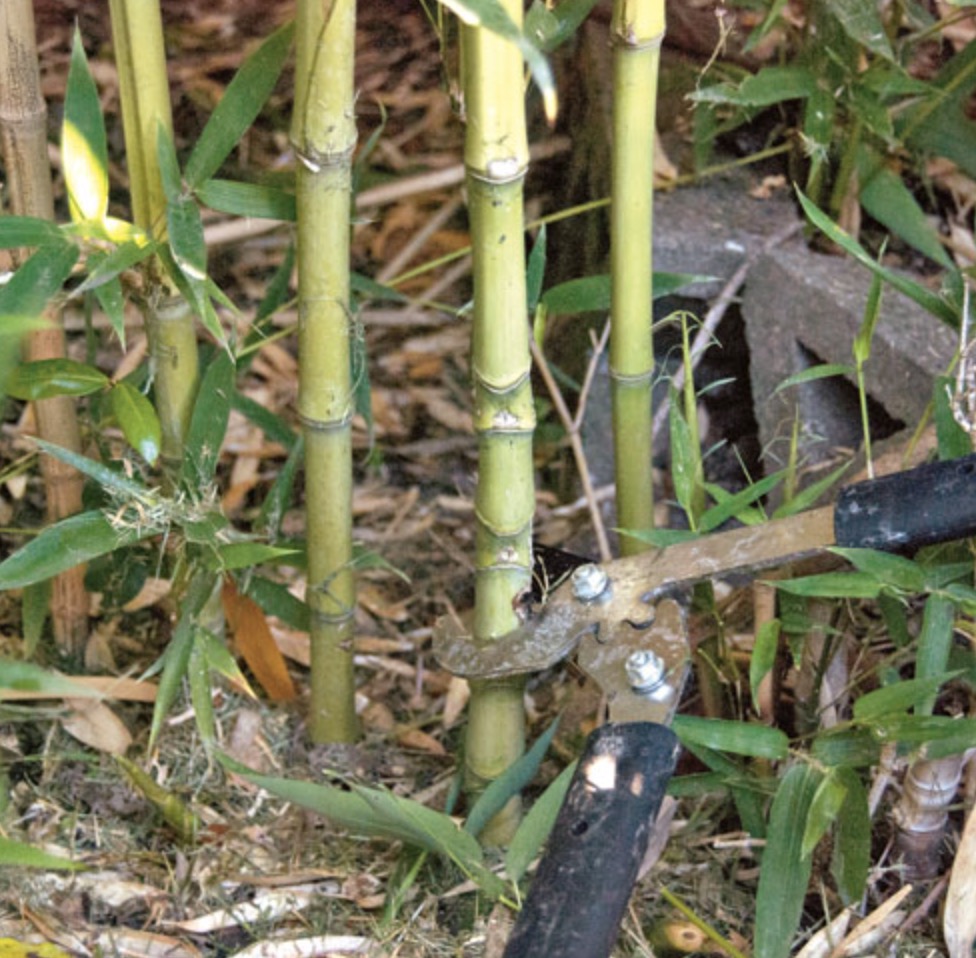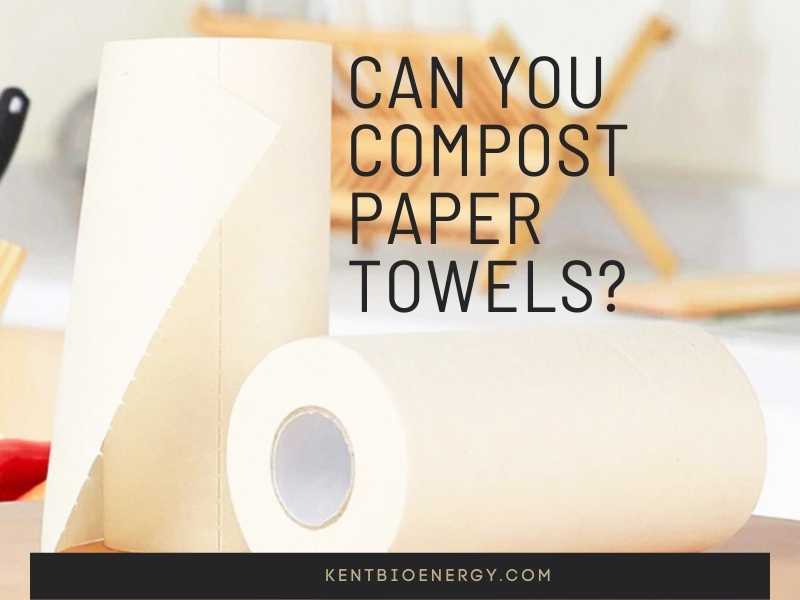Bamboo is an attractive and stunning plant that has been cultivated for hundreds of years, and this set of plants will fit perfectly with any garden style. Here are some of our suggestions on bamboo varieties for your garden to add a privacy screen or hedge, as well as a unique feature! Let’s read on now!
Now, we’ll detail the 15 most popular variants of bamboo to dispel any doubts you might have about this spectacular plant!
Chinese Timber Bamboo (Phyllostachys Vivax)
This massive timber bamboo can grow from 20 – 50 ft tall, with its culms reaching up to 4” or 5” in diameter. Expectedly, it will have a huge footprint. This beautiful grass may be a treasured specimen that can attract jealousy from bamboo fans if you have space for it.
You can plant the Vivax variant into the ground with a robust root barrier around it for optimal results. Don’t grow running timber in a pot. Allow it to expand out from 8 to 10 ft in diameter. Do not forget to bury the root barrier well!
Also, keep an eye on it frequently, as running timber can tear your root control barrier if left untreated
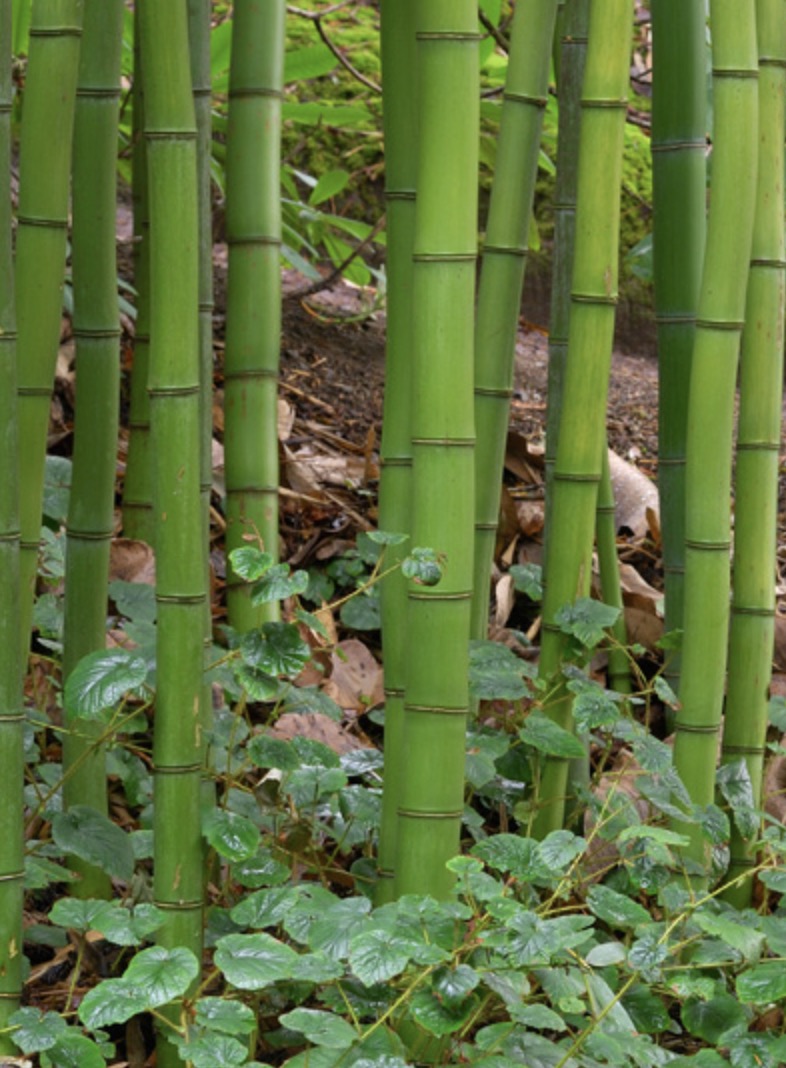
Chinese Timber Bamboo
Temple Bamboo (Semiarundinaria Fastuosa)
Because of its beautiful variation, this lovely variant has acquired the unique nickname “Temple Bamboo.” In the wild, the tree can reach a height of 8 meters, but in pots, troughs, and other restricted spaces, it is recommended to keep it at 3-6 meters. With its tall, straight, delicate canes, this bamboo variant is truly stunning.
Temple is a fast-growing plant that can reach maturity in 2 to 3 years. You only need to dig a rough hole twice the size of the root ball. When planting the bamboo, add composted manure and healthy topsoil to the soil. Additionally, you can plant bamboo at or slightly below ground level as this will assist in their growing process.
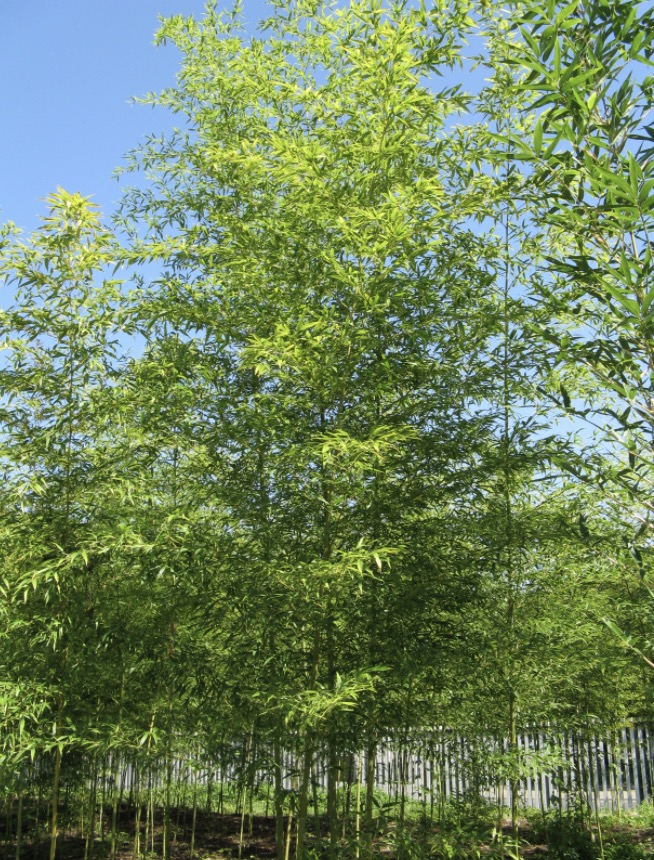
Black Bamboo (Phyllostachys Nigra)
These distinctive bamboos send up green shoots that gradually turn black over the course of 6-9 months. The plant’s canes will develop color in slightly varied ways when viewed as a whole, creating a multi-colored look. Besides, most of their plants are simple to care for, so you won’t have any problems growing them at home!
This high-end bamboo range is perfect for high-end landscaping and will make your landscape stand out. Also, this attractive plant has received the Royal Horticultural Society’s Award of Garden Merit.
In hot, humid, and wet environments, black bamboo can become invasive.
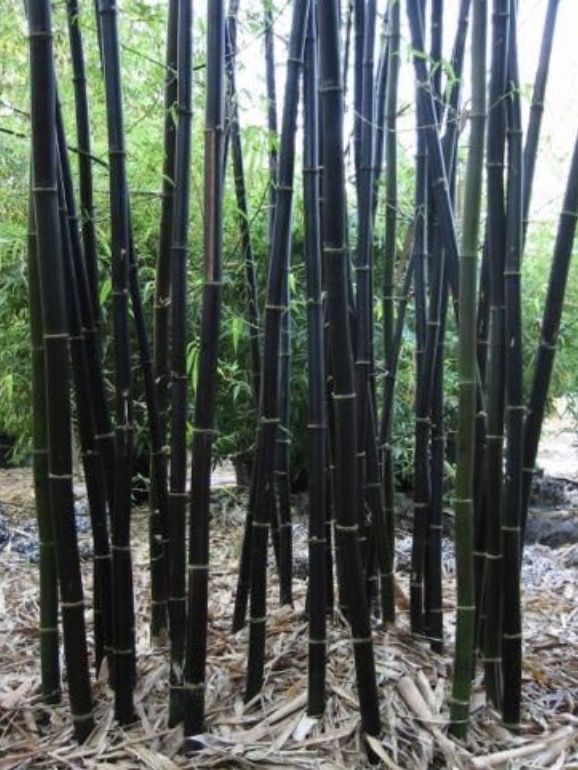
Dwarf Green Stripe (Pleioblastus Viridistriatus)
You may often come across these plants in public spaces that require a short, hardy, drought-tolerant, and easy-to-grow plant. Their unique striped green leaves that mostly stand out in the summer and spring months are what make them special.
More specifically, dwarf green bamboos are not finicky and can tolerate high temperatures. You should not be concerned about the temperature if you plan to bring them home.
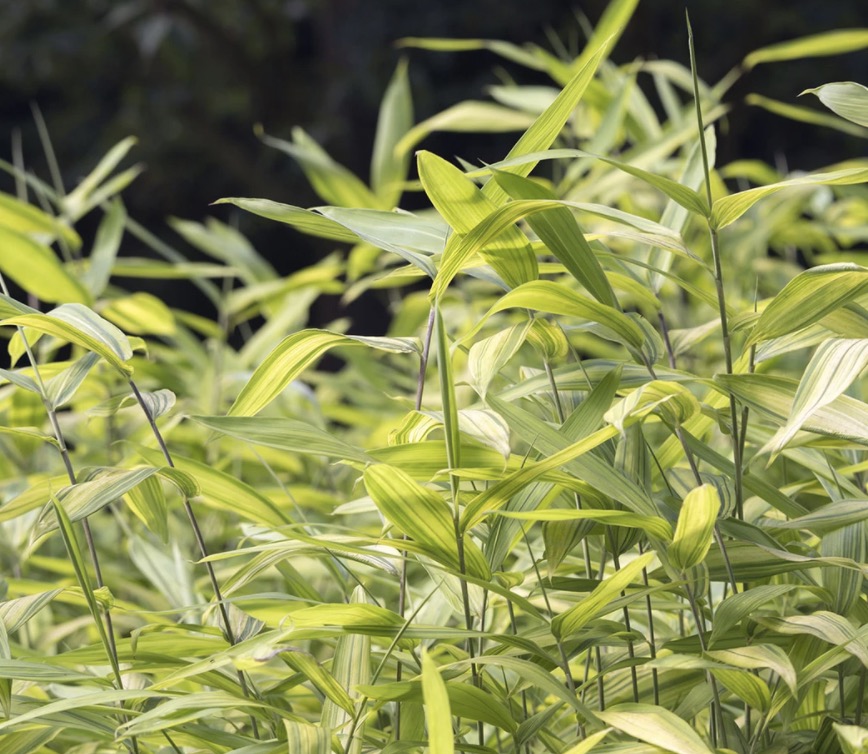
Arrow Bamboo (Pseudosasa Japonica)
This name derives from when the Japanese Samurai utilized its stiff bamboo canes to create arrows. As the culms of mature plants can become bloated, the leafy Japanese kind utilized here is sometimes known as green-onion bamboo.
Arrow bamboo is one of the shorter variants that you can grow in pots, but remember to keep them well-watered. For stability and adequate drainage, use heavy compost. In particular, add a few sea-washed stones and twisted wood for a small scene if you don’t have a big garden.
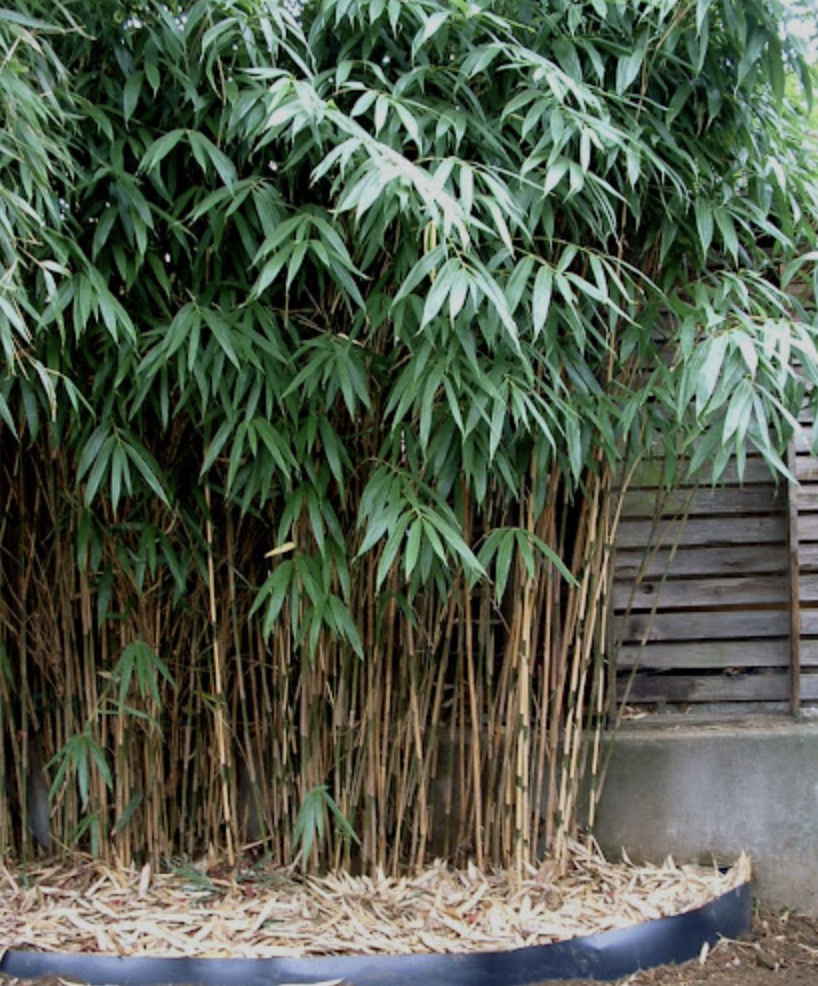
Oldham’s (Bambusa Oldhamii)
In the US, Oldham’s is the most extensively cultivated bamboo. This bamboo type is a fast-growing, low-maintenance plant that prefers a tropical climate and doesn’t seem to favor cold weather.
With shoots stretching a maximum of 60 ft or more and developing up to around 4” in diameter, it’s certainly an outstanding specimen. In addition, due to the density, Oldham’s is a familiar choice for anyone wanting a privacy fence as a windbreak and noise barrier, while its thick poles are a great building material.
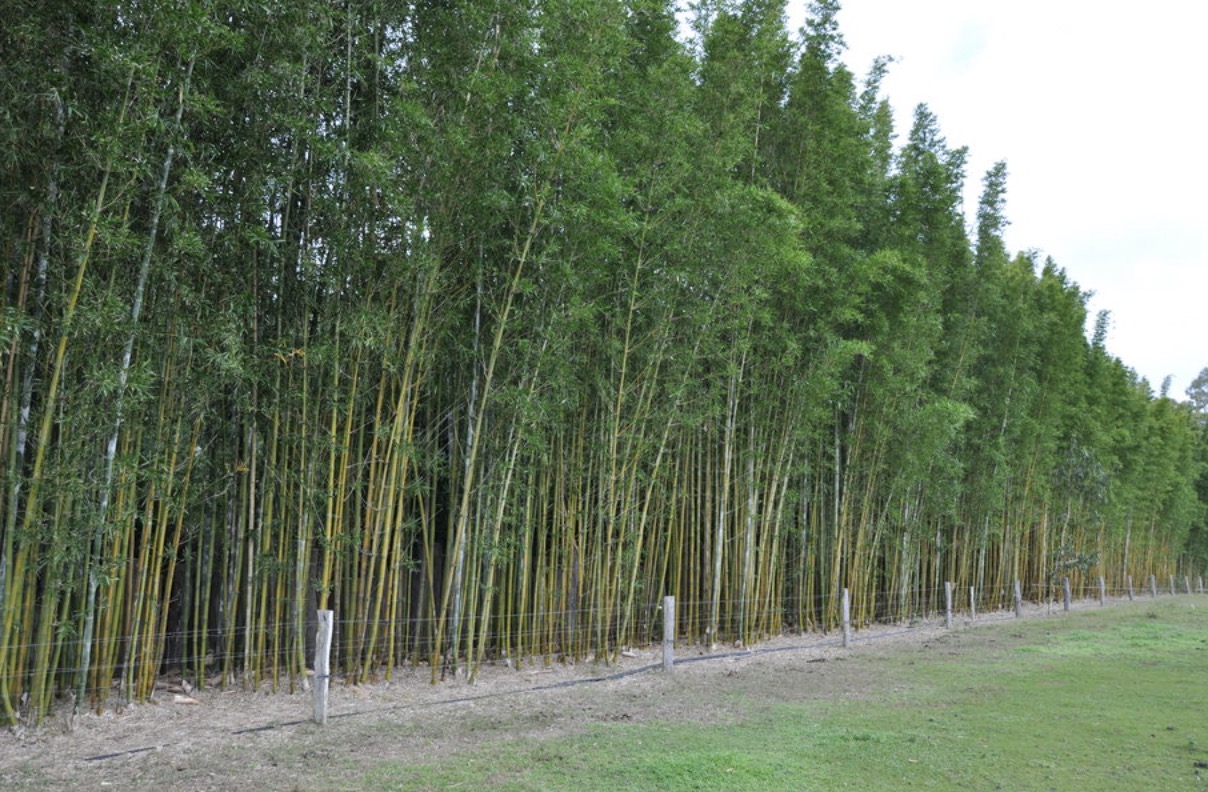
Mexican Weeping Bamboo (Otatea acuminata)
This beautifully versatile type of bamboo looks nice in almost every garden with its wispy, delicate leaves and short stalks. It’s great for landscaping as a feature plant because it’s attractive and grows well in pots. Also, a warm climate is the most suitable condition for Mexican weeping bamboo.
Raise it in a chilly, coastal location, and it will appear healthy. Thin poles can reach a height of 10 to 15 feet, but it’s the gently flowing leaves make the plant’s charm.
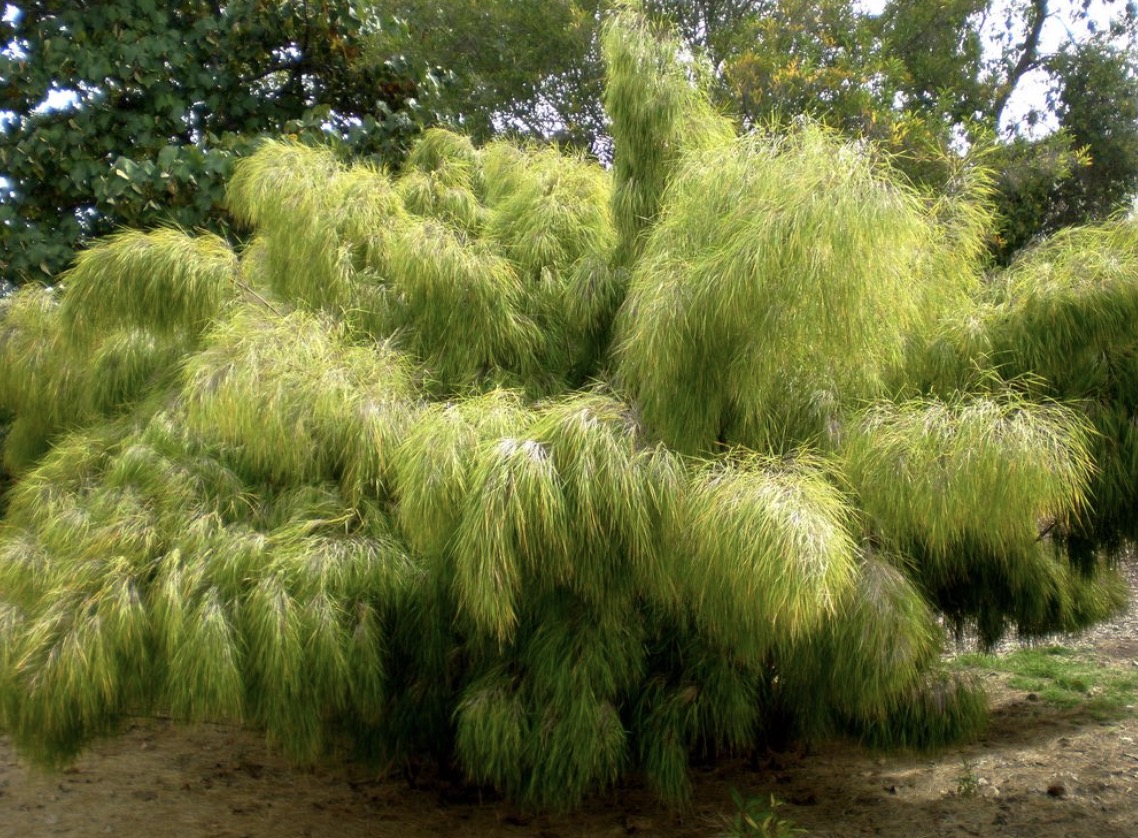
Buddha’s Belly (Bambusa Vulgaris)
Giant Buddha’s Belly bamboo is a huge ornamental bamboo resembling culm’s well-known bulging nodes. It thrives in consistently moist and healthy soil and is commonly used as an attractive plant in containers.
Still, to exaggerate the culm bulges, you mustn’t provide the plant with excess fertilizer in completely dry soil. It’s a tropical plant that thrives in temperate conditions; it is best to keep it indoors in colder climes. It’s a primarily non-invasive bamboo that serves as an excellent privacy screen.
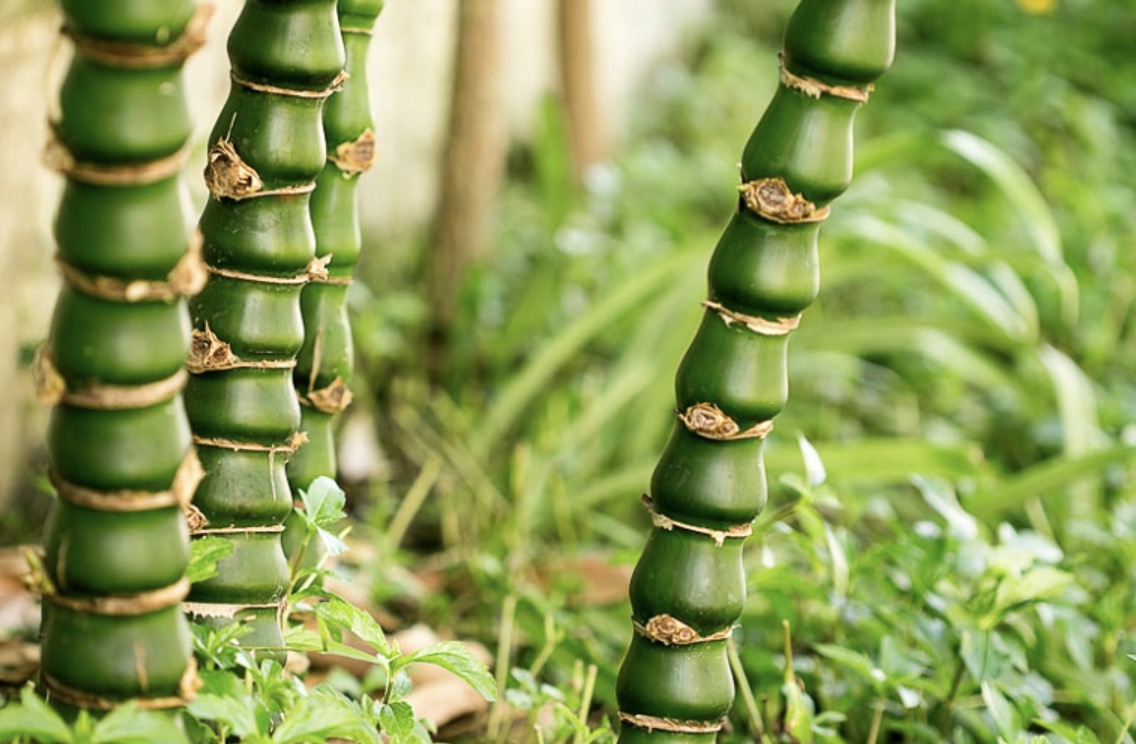
Alphonse Karr (Bambusa Multiplex)
The yellow and green racing stripes on this type make this stunning small golden variety recognizable. The bamboo stands out even among a large collection of bamboo. It may reach a height of 20 feet in perfect conditions. Meanwhile, the culms can reach a diameter of around one inch.
Alphonse Karr prefers cooler weather and is susceptible to sooty mildew in humid environments. It is a famous hedge plant due to its appealing poles, despite its moderate growth rate.
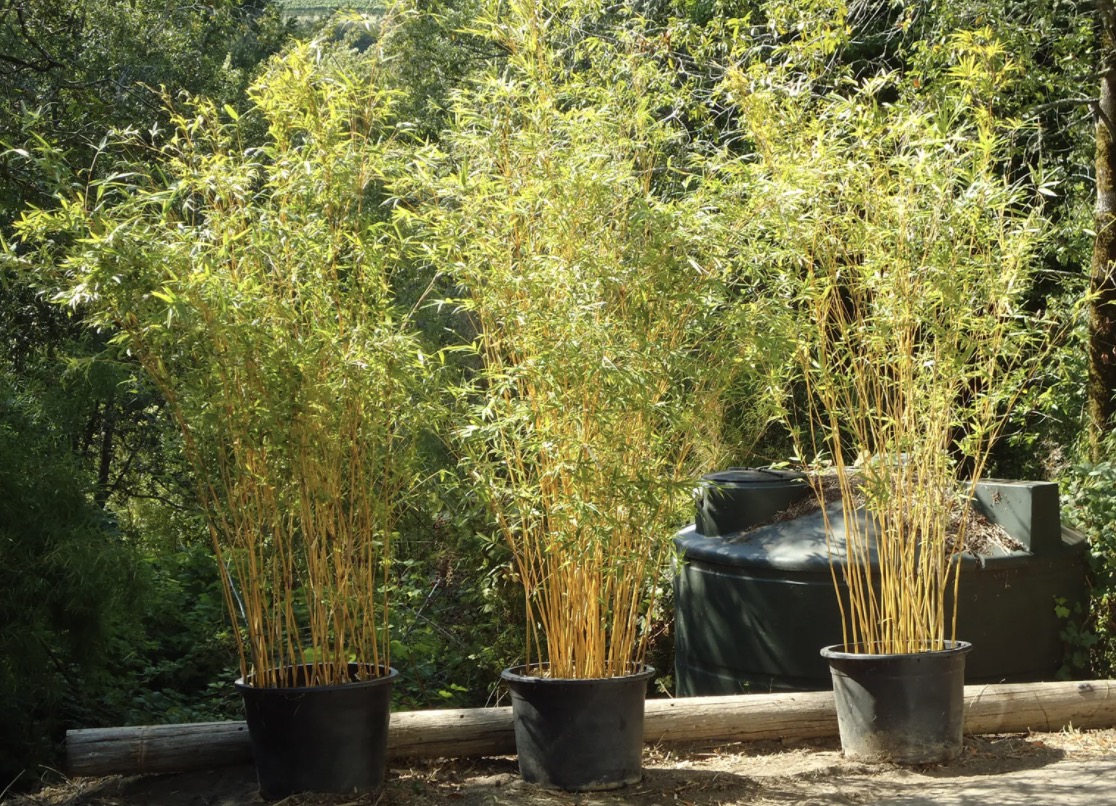
Himalayan Blue (Himalayacalamus Hookerianus)
This Himalayacalamus species is one of the most popular and extensively available. It can grow to 12-18 feet tall with 6 inch long dark green leaves that droop beautifully from erect 3/4 inch wide culms. The hue of young canes is a powdered blue. They can turn turquoise at times, with white rings around the nodes highlighting this.
Nevertheless, the canes become more olive green and eventually golden yellow as they age. They demand high altitudes and dark, filtered sunlight and are not suited to grow in hot and humid conditions. This kind of bamboo can withstand temperatures of 15ºF.
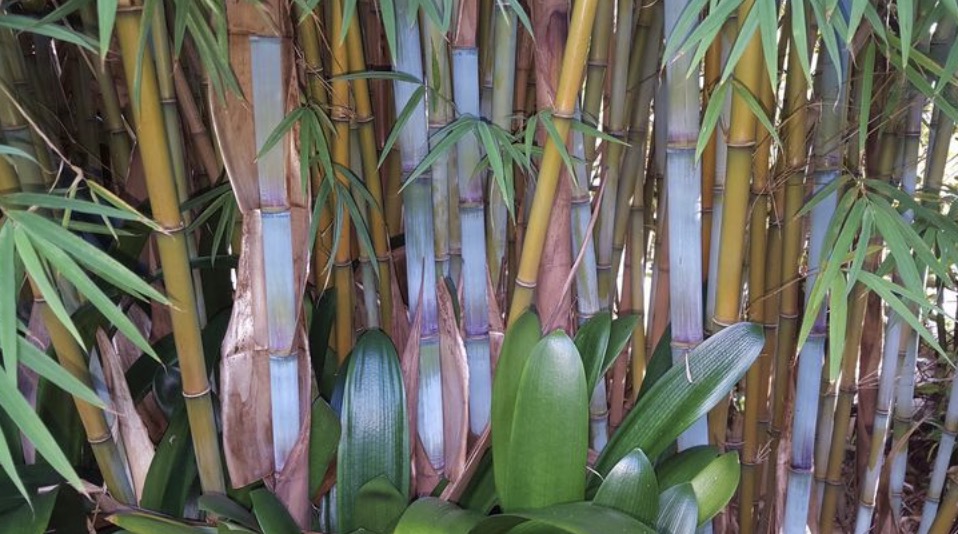
Chusquea (Chusquea Culeou)
Several varieties of this species native to Chile have become popular among bamboo gardeners in the United States. Especially, they have an extraordinary appearance and can tolerate temperatures ranging from 0 to 100 degrees Fahrenheit. Chusquea bamboo can also withstand wetter soil than the majority of other kinds.
- culeou ‘Caña prieta’: This variant starts out dark brown or black and fades to yellow with time but remains dark around the nodes. They reach a height of 10 to 20 feet, and their culms are 1 inch thick. It can also resist cold weather up to about 0ºF.
- culeou ‘Chilean straight’: With dark blue-green nodes on lime-green to yellow culms, this Chusquea is one of the most attractive and vivid. Size and hardiness are comparable to other types.
- culeou ‘Scandens’: Higher than the others, reaching a height of 20 to 30 feet and arching over more at the top. Also, it is hardy to roughly 0 degrees Fahrenheit.
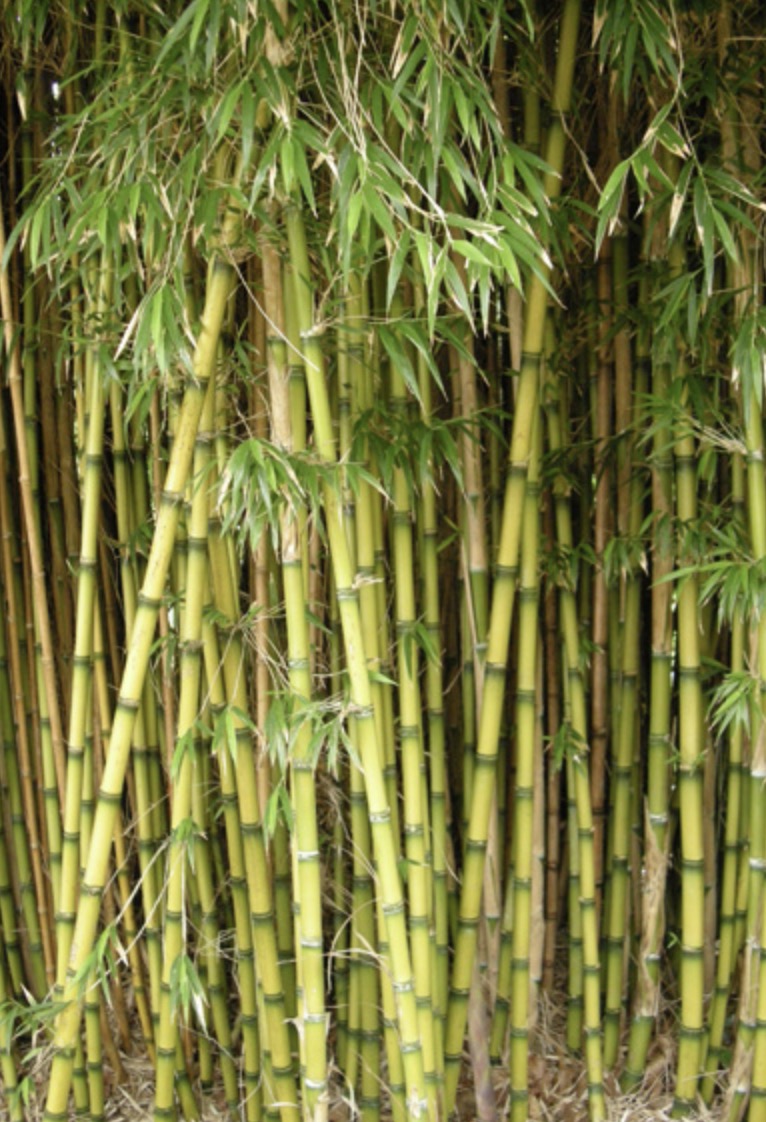
Fargesia (Fargesia Murielae ‘Luca’)
Fargesia murielae ‘Luca’ (PBR) is a Chinese evergreen dwarf bamboo that forms clumps. These unique clumping bamboos are the world’s toughest bamboos; however, they are not invasive.
In addition, it is the adorable Giant Pandas’ favorite food. The reduction in Fargesia has the most negative impact on China’s panda population. As they are inexpensive and have thick clumping characteristics, they are now widely accessible in many nurseries across the world.
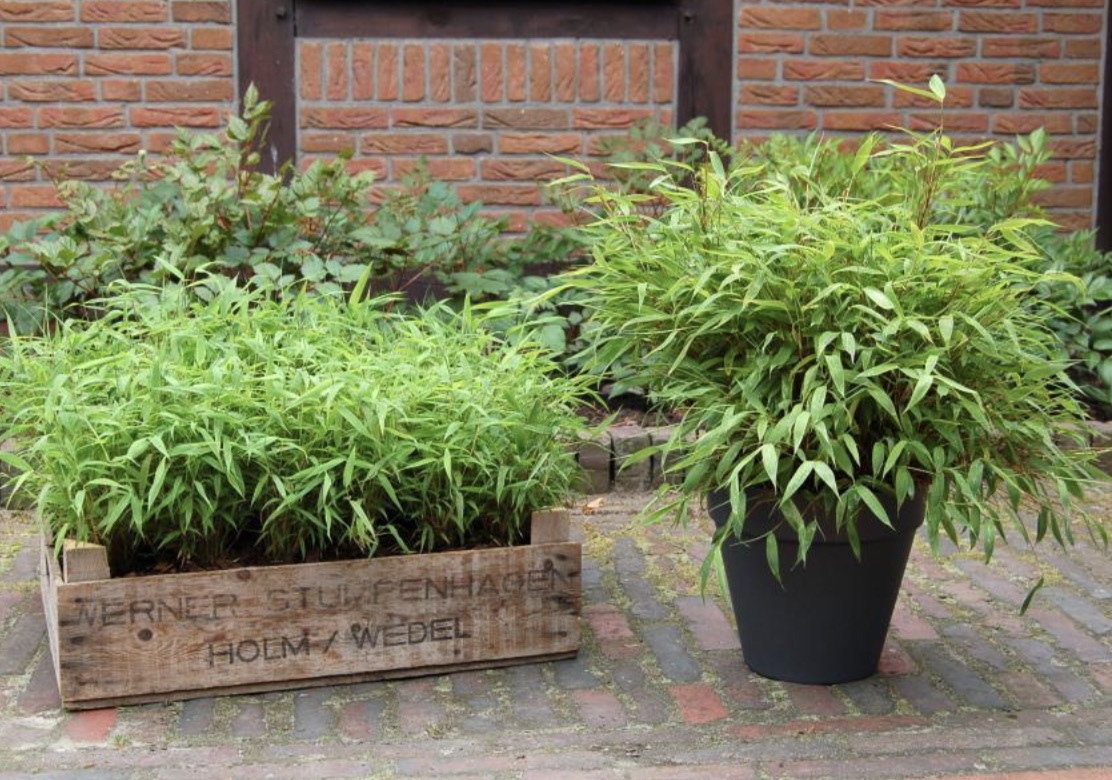
Shibataea (Shibataea Kumasaka)
This type is lesser-known, although it’s ideal for low hedges. The foliage is extraordinarily dense, with pencil-thin culms that only grow around 5-7 feet tall.
Apparently, Shibataea is a great plant for small gardens or as a companion to larger bamboo specimens. Despite its small size, it is a fast runner that could become invasive if not adequately managed.
Shibataea grows best in moist soil and areas that are out of direct sun, and you must also provide regular water for the plant to grow healthily.
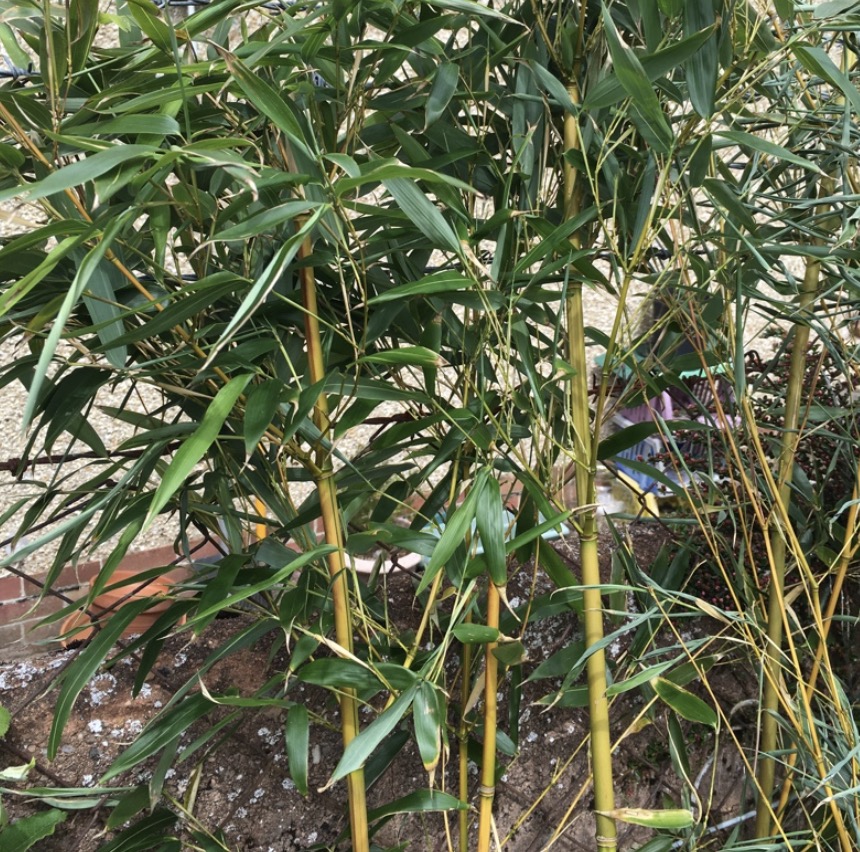
Thamnocalamus (Thamnocalamus crassinodus)
It is one of our tallest semi-hardy clump-type bamboos, hailing from the eastern Himalayas. Possessing a delicate-looking, it is probably best suited to chilly coastal places.
In desert climates, tiny, fragile leaves will benefit from some shade and humidity. Still, in cooler coastal climates, they will thrive, growing into tight clusters of distinctive coloration with the foliage froth held high.
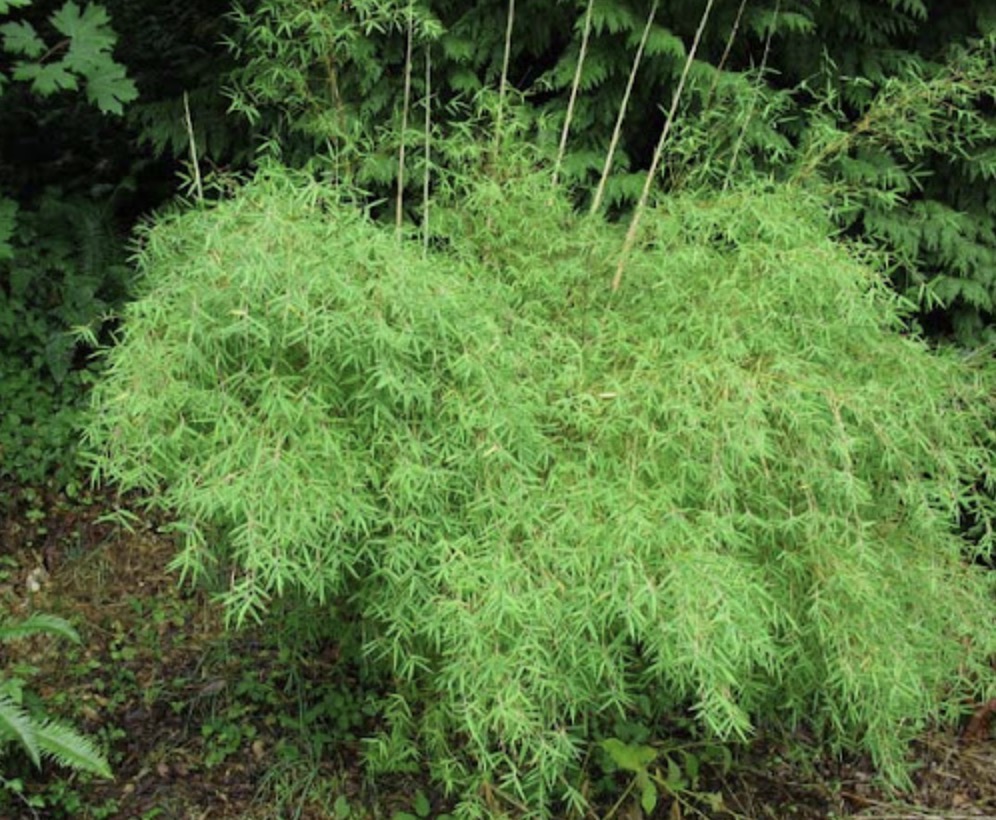
Phyllostachys (Phyllostachys nigra)
This bamboo variety is one of the most popular due to its characteristic dark brown (almost black) shoots. Any nursery that sells bamboo will certainly have some on hand. The culms’ dark color deepens as the plant matures, strikingly contrasting the brilliant green leaves.
Although it is one of the least invasive bamboo species, you can control it by planting in a big container or using a non-perishable barrier to keep the roots from spreading.
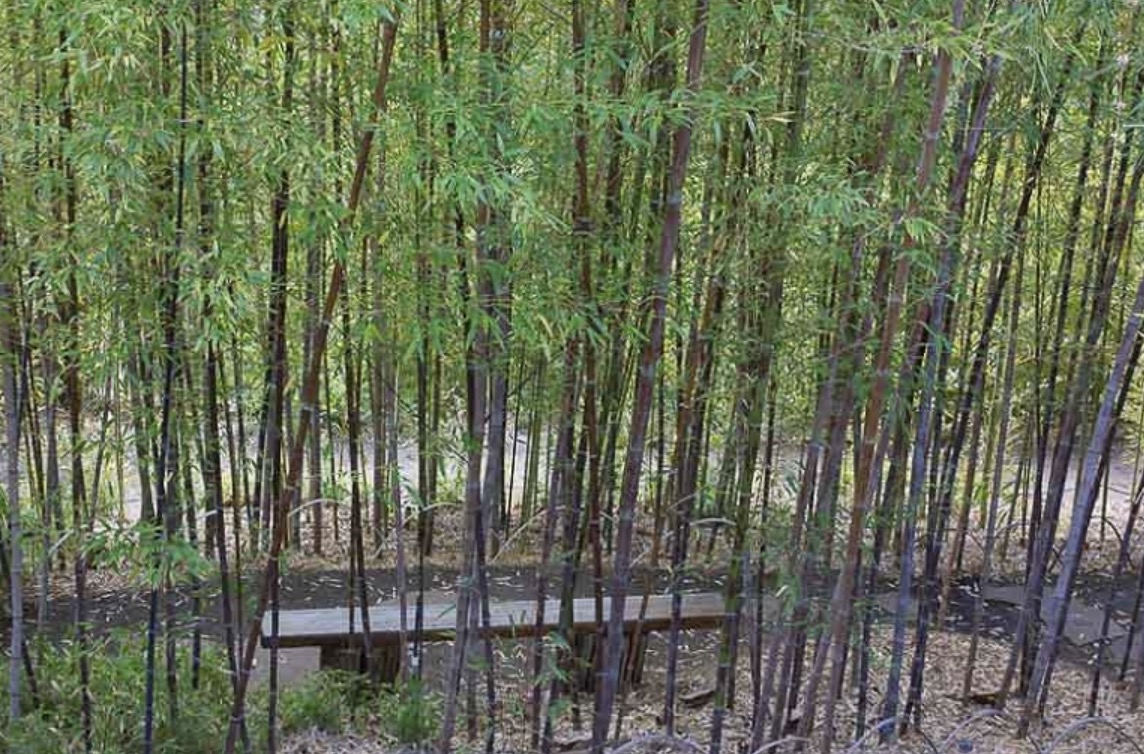
Wrapping Up
After reading our article, have you reached useful information about the exotic plant – bamboo? Please pay attention to each variety’s characteristics of height, humidity, temperature to make sure that you choose a suitable one for your place!
Hopefully, you could choose ideal bamboo varieties for your garden via this content! Thank you for reading our post. If you want to update more useful articles, stay tuned to get new posts from our website!
Related Articles
Help Us! Share on:


